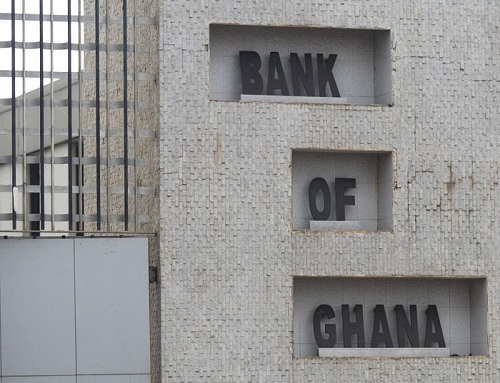After close to a decade of lax regulation and irresponsible practices by some players in the banking sector, it was time for a house-cleaning exercise that according to many analysts has been a long time coming.
The year 2017 represents a pivotal moment in the history of the banking sector in Ghana, when a two-year long on-going reform exercise exposed deep-seated destructive practices within some banks and the complicity of central bank officials in not preventing such occurrences. Public trust in the sector – regulator and banks – was going to be stretched and tested.
A recent OBG report notes that the actions of the regulator are a “response to systemic weaknesses in the financial industry which the BoG traces back to liberalisation in the early 2000s, a period when it was attempting to increase competition and innovation”.
“Saa aguguagugu noa aba no, koyi wo sika nyinaa ansa na aka ekyiri,” (with the collapse of banks in Ghana, go and withdraw all your money from the bank before it is too late). This was the advice a male colleague gave to a trader selling directly opposite the Adenta Shopping Mall in Accra, on the very day Ghana’s central bank announced its revocation of licences from UT and Capital banks and created a bridge institution—Consolidated Bank Ghana Limited.
The central bank subsequently approved the purchase and assumption of the two entities by GCB in August 2017. UT Bank and Capital Bank were both on liquidity support of GH¢860million and GH¢610million respectively as at the date of the Purchase and Assumption by GCB.
What followed was a rush to the banking halls of UT and Capital Banks – which were being hurriedly branded in GCB colours and logo – by customers to withdraw their funds. That panic was real, and brought back dark memories of Pyram among those above 35 years and older. It must be noted that government made available GH¢2.2billion to settle liabilities of the two banks.
The next few months after the ‘fall’ of UT and Capital Banks, an even murkier web of deceit and conscious negligence were uncovered. The universal banking licence of Sovereign, Construction, Unibank, Beige and Royal Banks were all revoked in August 2018. A GH¢5.76billion bond was issued to sort out the liabilities arising from operations of the former universal banks.
Repair, promote, restore
Stefan Ingves, Chairman – Basel Committee on Banking Supervision, and Governor-Sveriges Riksbank, in 2014 noted that restoring confidence in banks is critical to the end-objective; which is to buffer the real economy against financial stress.
Aside from the increase in minimum capital requirement for banks, the Corporate governance reform, as initiated by the BoG, required:
The separation of CEO and Chairman positions.
The appointment of a Risk Officer reporting to the board, and whose employment conditions do not depend on the CEO.
The fit and proper person test for directors expanded to include competence, and fiduciary duties clearly defined.
The need to rationalise governance of regulators in some key jurisdictions, who failed dismally in the lead-up to this crisis.
As Adrian Blundell-Wignall, the Deputy Director, Financial and Enterprise Affairs, OECD notes: “The benchmark for a sensible regulatory structure is the ‘twin peaks’ model—a consumer protection and corporate law regulator and a separate prudential regulator. Central banks should not be a part of either.
“This leads to conflicts of interest. Central banks conduct monetary policy, and should be focused on avoiding excess liquidity and bubbles that cause financial crises (which often precede inflation pressure); their purview in financial stability does not extend beyond monetary policy, the lender-of-last-resort function, and maintenance of stability in the payments system.”
As a means to get the general public buy-in, the central bank must engage more. These engagements can be achieved through the traditional media that the public has come to accept as credible and reliable—in the age of spreading ‘fake news’.
Banks exist to serve people and with these reforms, pre- and post- key banking sector actions ought to be communicated to the grassroots to discourage any panic-withdrawals and restore trust in the sector.
Source: thebftonline.com







